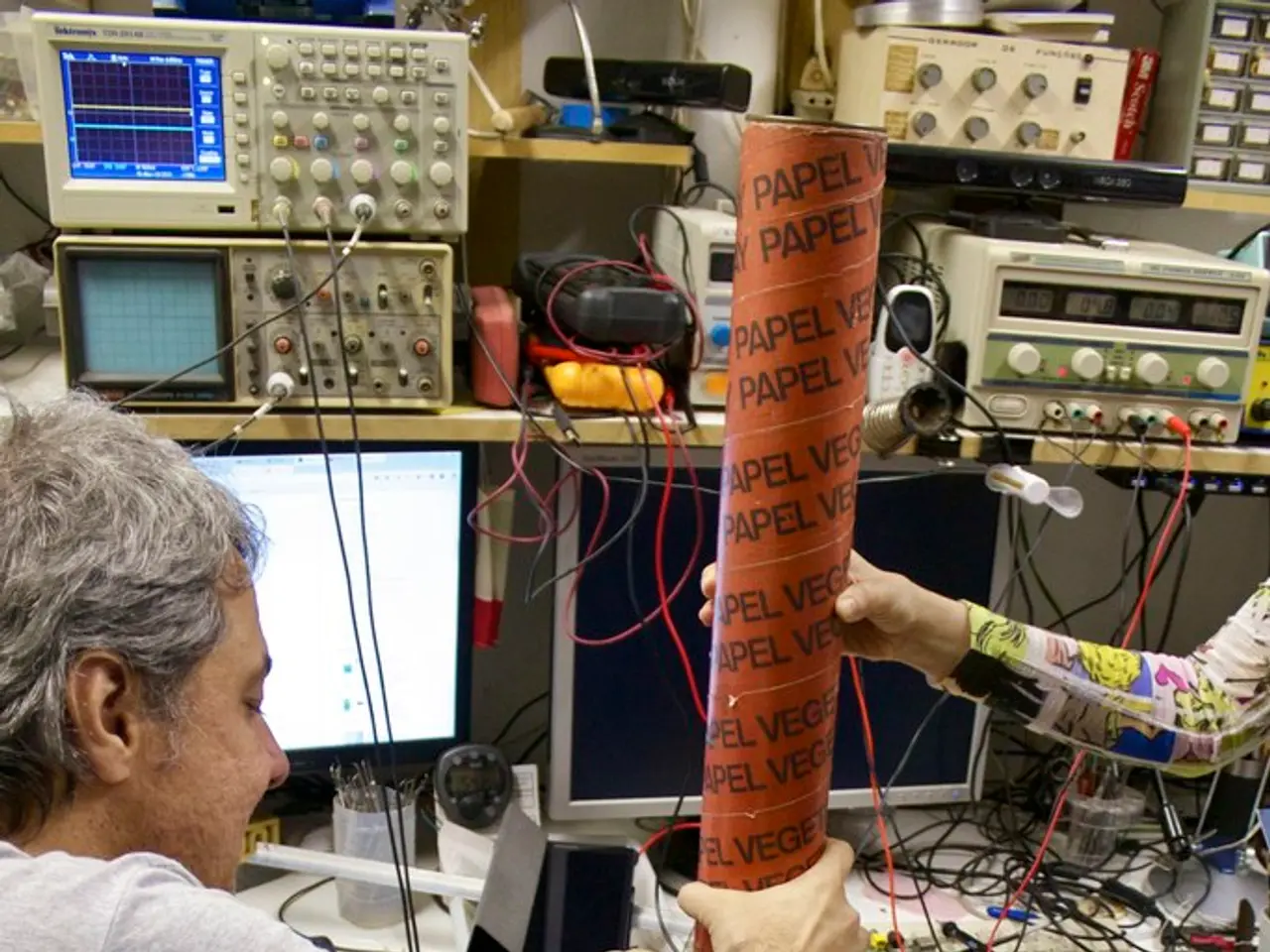Advancements and Utilizations of Biomedical Engineering in the Medical Field
Biomedical engineering is transforming the landscape of healthcare, integrating engineering principles with medical and biological sciences to design and develop innovative solutions for patient care. This multidisciplinary field is making significant strides in medical device development, tissue engineering, regenerative medicine, and artificial intelligence (AI) in clinical settings.
Current Applications in Healthcare
Medical Device Design and Development
Biomedical engineers are at the forefront of designing, testing, and refining devices such as prosthetics, implants, and diagnostic tools. These devices enhance treatment options and precision, with engineers working closely with clinicians to ensure they meet real clinical needs through iterative design and verification processes.
Tissue Engineering and Regenerative Medicine
Techniques in mammalian cell and tissue culture enable the creation of biological substitutes for defective tissues, aiding in the repair or replacement of damaged organs and tissues. These skills underpin therapies that improve outcomes in chronic diseases and trauma.
Clinical Data and Imaging Analysis
Biomedical engineering applies digital microscopy and biochemical assays to visualize and quantify tissue and cellular behavior, contributing to better diagnostics and personalized therapies.
Neural and Biomechanical Systems
Engineers develop systems to restore or augment neurological and musculoskeletal function, including spinal systems and implants, enhancing mobility and quality of life.
Future Applications and Innovations
Artificial Intelligence and Machine Learning
The upcoming IEEE EMBC 2025 conference emphasizes the fusion of AI with biomedical engineering to innovate healthcare delivery, leading to improved diagnostics, treatment planning, and patient monitoring.
Interdisciplinary Collaboration and Entrepreneurship
Future advances rely on collaboration across clinical practice, engineering, and business to translate innovations rapidly into effective treatments, increasing patient access to novel technologies.
Regenerative and Personalized Medicine
Developing patient-specific tissue engineering, genomics-driven therapies, and biomaterials designed for individual biological environments will further tailor healthcare, reducing complications and improving efficacy.
Supply Chain and Manufacturing Advances
Effective regulatory and supply chain strategies are essential for ensuring medical technologies reach patients safely and promptly, an area of active focus within the biomedical engineering community.
Impact on Patient Care
Enhanced Treatment Outcomes
By creating precise, patient-specific therapies and devices, biomedical engineering improves recovery times, functionality, and overall health outcomes.
Reduced Invasiveness and Improved Diagnostics
Innovations reduce the need for invasive procedures through better imaging and targeted therapies, easing patient burden.
Accessibility and Affordability
Engineering advances, coupled with efficient regulatory and manufacturing processes, have the potential to lower costs and increase global access to quality healthcare.
Continuous Monitoring and Personalized Care
Integration of AI and sensors allows real-time patient monitoring, enabling proactive interventions and personalized adjustments to treatment.
Biomedical engineering thus transforms healthcare by bridging technology and medicine, driving innovations that elevate patient care both now and in the future. Notable advancements include the development of the artificial pancreas for diabetes management, improving diabetes management and reducing the risk of complications. Additionally, 3D-printed prosthetics are being used to create customized solutions for amputees that are more comfortable and functional than traditional prosthetics.
The regulatory process for approving new technologies and medical devices in biomedical engineering can be lengthy and expensive. However, advancements in AI and machine learning can help streamline this process. The field of biomedical engineering continues to expand, with potential collaborations with other fields such as nanotechnology and robotics leading to further advancements in healthcare.
- The artificial pancreas, developed through biomedical engineering, is revolutionizing diabetes management, reducing complications and improving patient care.
- Biomedical engineering is bridging technology and medicine, driving innovation in the development of 3D-printed prosthetics for amputees, providing more comfortable and functional solutions.
- AI and machine learning in biomedical engineering might streamline the regulatory process for approving new technologies and medical devices, expediting the path to patient care.
- Collaborations between biomedical engineering and other fields, such as nanotechnology and robotics, may lead to further advancements in healthcare, transforming patient care in the future.
- Medical device development, tissue engineering, and AI applications in clinical settings are essential components of the health-and-wellness and technology landscape in university engineering and science programs, as well as health management curricula.



